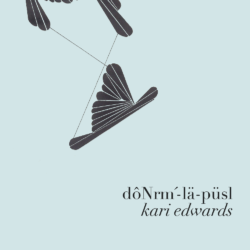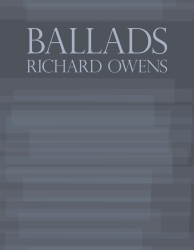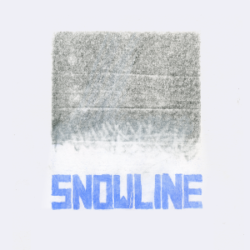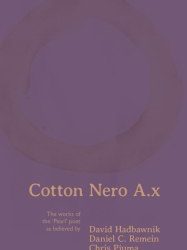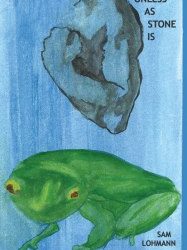dôNrm’-lä-püsl
Imprint: eth press
Published: 10/05/2017
There have been many iterations of the Joan of Arc story: “testimonies,” books, and films have attempted to capture the drama of one of history’s most famous gender warriors. But few, if any, have been undertaken by an author who met her subject matter with such recognition and insight, a fellow warrior, a rebel in[…]

